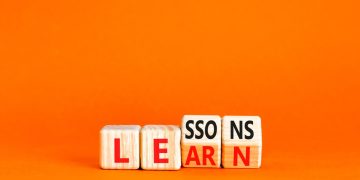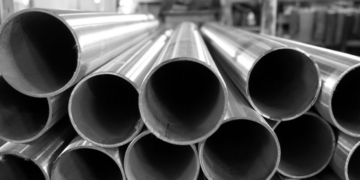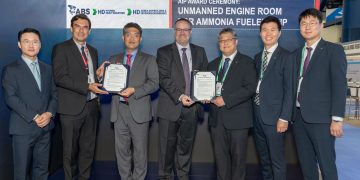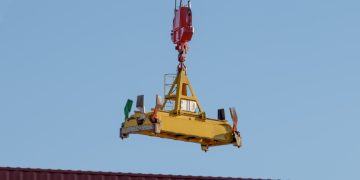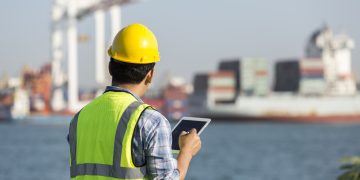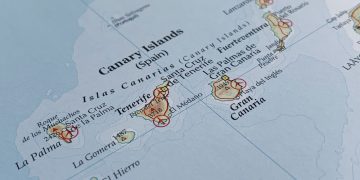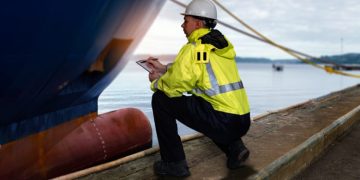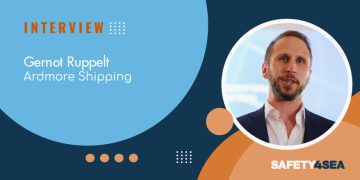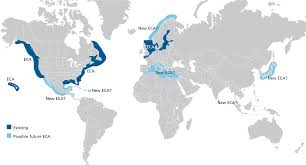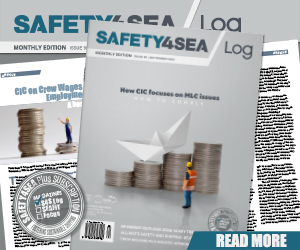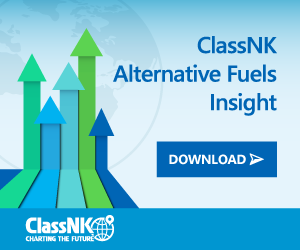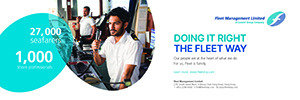Malmo Port ready for low-sulphur bunkering
The EU's sulphur directive came into force on 1 January. Copenhagen Malmö Port (CMP) is ready to receive vessels that can refuel with low-sulphur marine diesel in a newly-established terminal being built in Malmö and financed by Scandinavian Tank Storage AB (STS) and Copenhagen Malmö Port AB (CMP). The sulphur directive requires all vessels in the SECA area, which includes the North Sea, Baltic Sea and English Channel, to use low-sulphur marine diesel with effect from the start of this year. According to the the regulations, the maximum permitted amount of sulphur in the fuel has been reduced from 1.5 per cent to 0.1 per cent, by weight. To enable vessels to bunker with the new fuel in the region, CMP and STS are jointly investing in the port of Malmö to establish a dedicated bunkering quay with associated terminal. Statoil will be the fuel supplier. "Malmö is strategically located for this type of activity, since more than 40,000 vessels a year pass through Öresund. We are naturally delighted that Statoil has chosen Malmö and ourselves as the strategic location and partner for fuel distribution," says Leif Larsson, CEO of Scandinavian Tank Storage AB. "For CMP, this initiative means great ...
Read more








